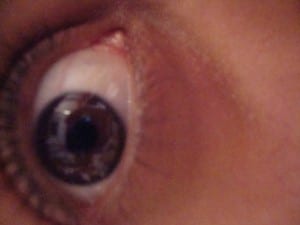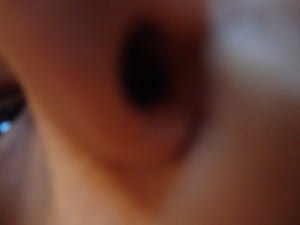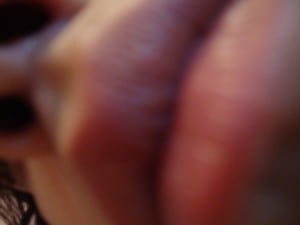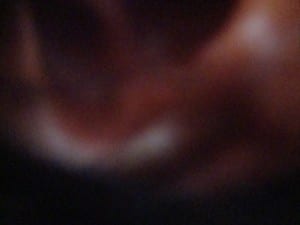SUMMARY
In the 1970’s and 1980’s a debate (to put it mildly) took place concerning the limits of sexuality in everyday life but also in art. Gender discrimination was taken into consideration and the fact that male sexuality was encouraged to the point of being glorified while at the same time females where treated as inferior bacame more and more an issue in courts of law.
Feminist lawyers brought forth cases of sex discrimination only to be shut down on grounds that where surreal: i.e in the case of unwed pregnancies and the result those had in women’s’ lives “the justice said that the difference in treatment was okay because it was not based on sex. Instead the discrimination was simply between pregnant and nonpregnant persons!” (?!??!?!?!?!?!!?!?!? show me a pregnant man then…)
Female sexuality reached a point of being considered a “vile aspersion” and homosexuality was censored. Terms such as “healthy lust” popped up and stereotypes of what is male vs female sexuality where supported. All else, residing outside those stereotypes was up for censorship, fear(of emasculation or vulnerability), even condemnation.
QUOTES
” Some women find a penis distasteful, others can take penises or leave them, but many of us find penises rather vulnerable and endearing. It’s the rest of men that scare us.” –> Very well put, it shows that gender does not define identity, personality or even sex… The fact that one is male or female says nothing about their personality as an individual…
“The penis even in sweet repose, appears to be more threatening in this culture than any aspect of the female anatomy” –> That which has been given power is the scariest… It has been a symbol of power over others for so long in our culture that exposing it brings up the fear of taking away its power, sooo it is labeled threatening in an effort to keep said power…
“It is well-nigh inevitable that censorship of sexual ideas and information will target the expression of women, sexual minorities, racial minorities, all those who have not been in power, have not set the rules.” –> I REST MY CASE… IT SAYS IT ALL.
STAY TUNED FOR SELF PORTRAITS!!




